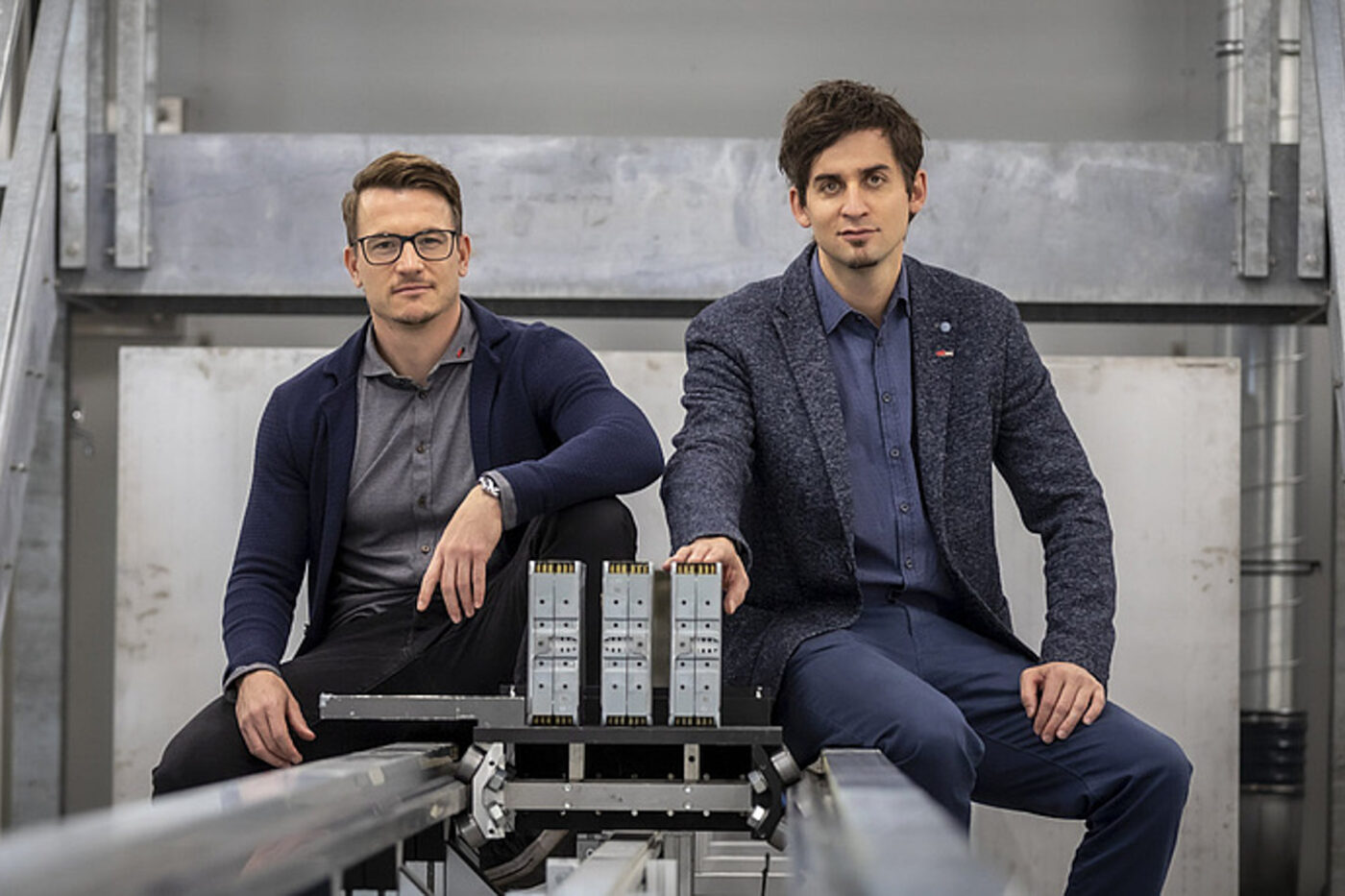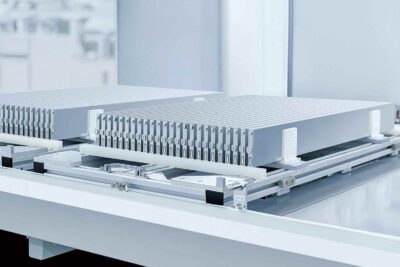TU Graz to develop more precise battery assessment for second-life use
Currently, the reduced charging capacity and the increase in internal resistance serve as an indication of the condition of a used battery. However, this is “not sufficient” for a decision on a possible second-life use, according to a statement from TU Graz. The researchers therefore analysed lithium-ion cells that were used in vehicles under real-life conditions and identical, as-new specimens in the laboratory.
During reproducible charging and discharging cycles, they recorded 31 different measured values and then checked how well these represented the ageing condition of the batteries. 13 of these indicators proved to be meaningful – including, for example, the charging and discharging capacity, the temperature difference between the poles during the charging process or the relaxation behaviour of the battery cell after the charging process.
“Based on these indicators, we can draw conclusions about the ageing status of lithium-ion batteries and draw initial conclusions about different usage profiles without having to rely on data protection-critical information about the usage history of the batteries,” says Jörg Moser, Head of the Battery Safety Centre Graz at the Institute for Vehicle Safety at TU Graz. “On this basis, we can decide whether a battery can in principle be considered for further use in a specific area of application.”
However, even this does not necessarily mean that the battery can be reused without any doubt, as the researchers believe that the safety status of the batteries still needs to be assessed. This is because chemical changes occur in the materials during “first life”, i.e. use in the vehicle, which can have an impact on their safe use. “It is crucial to understand battery cells and the processes, reactions and changes that take place in them in detail in order to be able to qualify them in terms of their safety behaviour,” says Christian Ellersdorfer. He heads the COMET project SafeLIB at the Institute for Vehicle Safety, in which a consortium of research institutions and automotive and technology companies is working on the safety-related assessment of new and used lithium-ion batteries. Initial results are expected by the end of the year.
In addition, as battery technology is constantly evolving with new active materials, chassis integration, among other things. The methods for evaluating such batteries must also be constantly adapted. In addition, factors such as the economic viability of second-life applications and legal issues relating to data protection, warranty or liability must also be taken into consideration. “This results in an interdisciplinary field of research that we at TU Graz want to work on together with national and international partners in further research projects,” says Christian Ellersdorfer.
tugraz.at (in German)





0 Comments